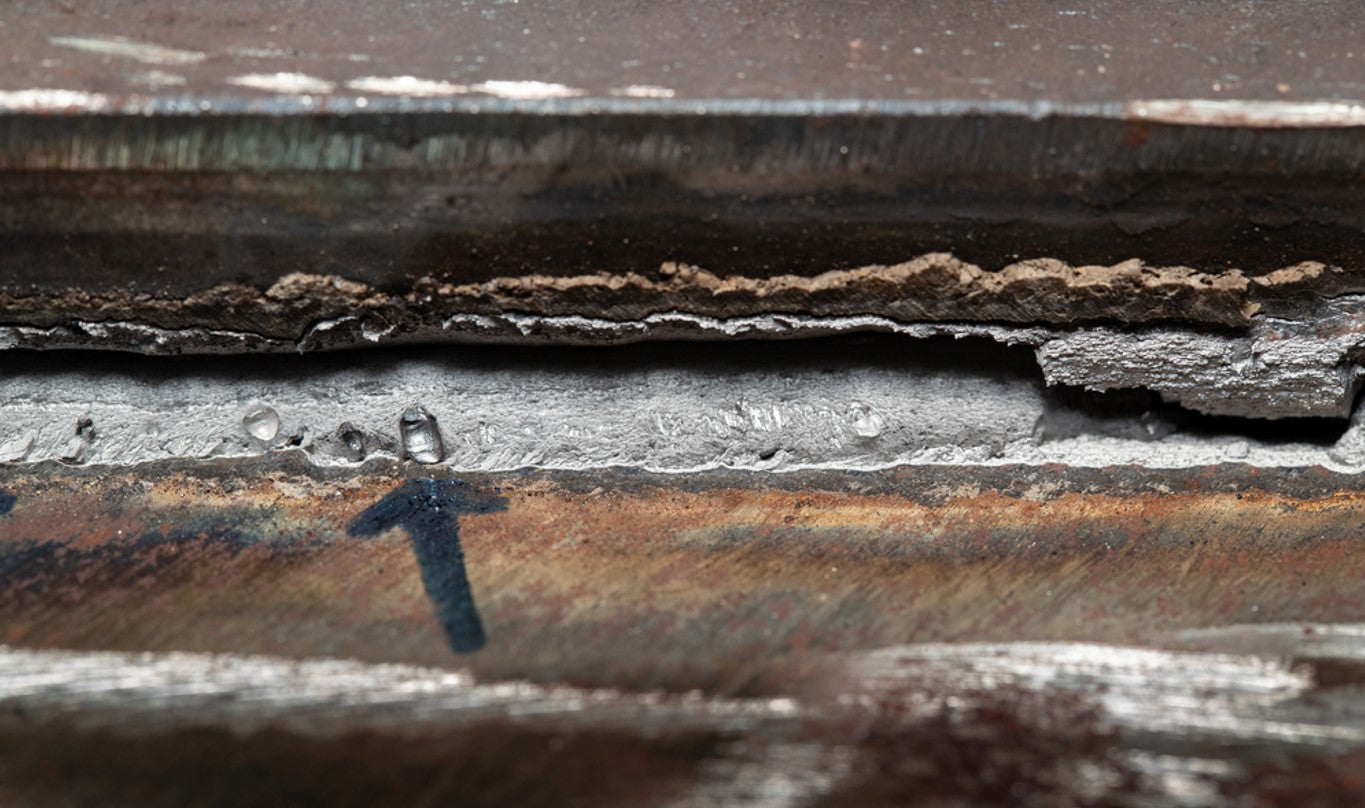Your Full Manual to Preventing Weld Undercut Like a Pro
Your Full Manual to Preventing Weld Undercut Like a Pro
Blog Article
Understanding the Art of Welding: Just How to Prevent Undercut Welding Issues for Flawless Manufacture Results
By comprehending the origin creates of undercut welding and executing reliable strategies to prevent it, welders can elevate their craft to new levels of excellence. In the quest of perfect manufacture outcomes, understanding the art of welding to stay clear of undercut concerns is not just a skill yet a need for those striving for excellence in their work.
Recognizing Undercut Welding

To avoid undercut welding, welders should make certain proper welding criteria, such as adjusting the existing, voltage, travel rate, and maintaining the appropriate electrode angle. In addition, utilizing the ideal welding method for the particular joint setup is essential. Utilizing weaving movements or backstepping techniques can assist make certain proper weld metal deposition and lower the possibility of undercut development. Regular evaluation of welds throughout and after the welding procedure is also essential to capture any undercut very early and make essential adjustments to avoid more problems. Preventing weld undercut. By comprehending the sources of undercut welding and applying safety nets, welders can accomplish top quality, structurally sound welds.
Root Causes Of Undercut in Welding
Comprehending the aspects that add to undercut in welding is vital for welders to generate high-grade, structurally sound welds. When the weld steel does not effectively load the groove developed between the base metal and the previously deposited weld steel, damaging happens. Several elements can cause undercut in welding. One common reason is extreme heat input. Welding at high temperature levels for prolonged durations can cause the base steel melting greater than desired, leading to damage. Insufficient welding current or wrong welding rate can likewise contribute to damage. Insufficient current may not give sufficient heat to thaw the base and filler metals adequately, while excessive rate can avoid correct combination, causing undercut. Furthermore, improper electrode angles or wrong torch adjustment methods can develop areas of low weld metal deposition, advertising undercut. Comprehending these reasons and carrying out proper welding methods can help stop undercutting problems, ensuring durable and strong welds.
Techniques to Stop Undercutting

To mitigate the risk of damaging in welding, welders can employ strategic welding techniques intended at boosting the high quality and honesty of the weld joints. Additionally, using the correct welding technique for the particular joint arrangement, such as weave or stringer beads, can add to decreasing damaging.
In addition, correct joint prep work, consisting of making certain clean base products cost-free of impurities and using the appropriate welding consumables, is important in avoiding undercut defects. a knockout post Using back-step welding methods and controlling the weld bead account can likewise help disperse warm evenly and minimize the risk of undercut. Normal evaluation of the weld joint during and after welding, along with executing quality control actions, can help in spotting and resolving damaging problems promptly. By carrying out these techniques faithfully, welders can achieve remarkable construction results with minimal undercut flaws.
Significance of Appropriate Welding Specifications
Picking and maintaining suitable welding specifications is essential for accomplishing successful welds with very little flaws. Welding criteria describe variables such as voltage, current, travel rate, electrode angle, and securing gas flow rate that directly affect the welding process. These criteria must be thoroughly changed based upon the kind of product being bonded, its thickness, and the welding technique employed.
Appropriate welding criteria make certain the YOURURL.com correct amount of warm is related to thaw the base metals and filler material consistently. If the criteria are established also high, it can bring about too much warmth input, creating spatter, burn-through, or distortion. On the other hand, if the parameters are too reduced, insufficient combination, lack of penetration, or undercutting may occur.
Top Quality Guarantee in Welding Workflow

Final Thought
In final thought, understanding the art of welding calls for a comprehensive understanding of undercut welding, its reasons, and techniques to prevent it. By ensuring correct welding parameters and implementing quality control methods, flawless manufacture results can be achieved. It is crucial for welders to regularly pursue excellence in their welding procedures to avoid undercut issues and produce premium welds.
Undercut welding, a common defect in welding processes, takes place when the weld metal does not correctly fill the groove and leaves a groove or clinical depression along the welded joint.To protect against undercut welding, welders ought to make certain appropriate welding criteria, such as changing the current, voltage, travel rate, and maintaining the right electrode angle. Poor welding present or wrong welding speed can likewise add to damage.To reduce the risk of undercutting in welding, welders can use strategic welding methods intended at boosting the quality and stability of the weld joints.In final thought, understanding the art of welding needs a comprehensive understanding of undercut welding, its reasons, and strategies to prevent it.
Report this page